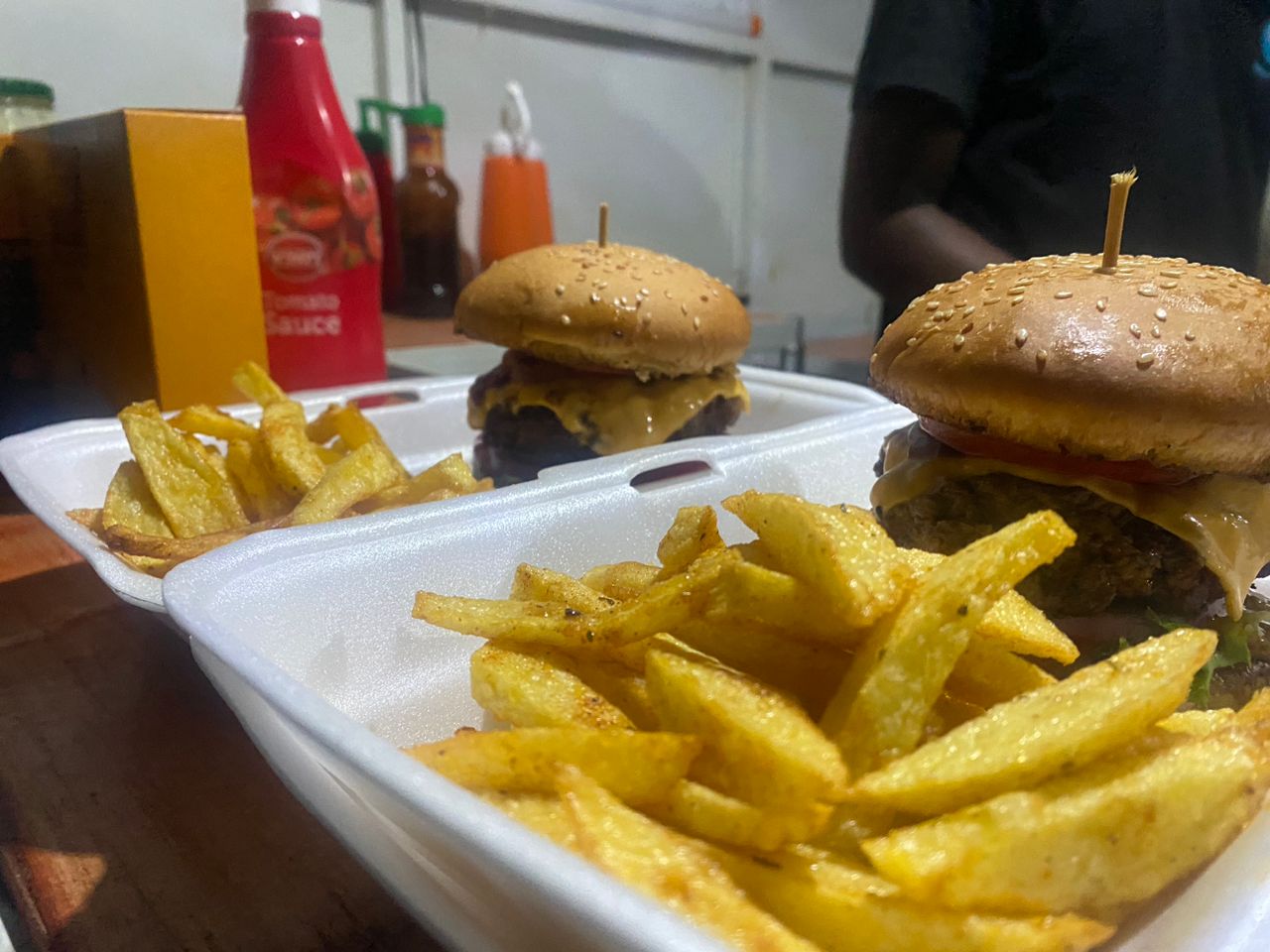Burgers have become a beloved staple in many parts of the world, and Africa is no exception. The history of burgers in Africa is a fascinating tale of cultural exchange, adaptation, and innovation.
The hamburger, as we know it today, originated in the United States in the late 19th century. However, it wasn’t until the mid-20th century that burgers made their way to Africa, largely due to the influence of American fast-food chains. The introduction of burgers coincided with the rise of urbanization and the growing popularity of Western-style fast food. As burgers spread across the continent, they began to take on unique characteristics influenced by local cultures and ingredients. In South Africa, for example, the traditional “Vetkoek” (a fried bread dough) is often used as a burger bun, giving rise to the “Vetkoek Burger.” This fusion of American and South African culinary traditions created a unique and flavorful twist on the classic burger. Burgers in Africa have also been influenced by the continent’s diverse culinary heritage. In South Africa, it’s common to find burgers topped with barbecue sauce, peri-peri sauce, and chutney, reflecting the country’s multicultural influences1. Similarly, in other African countries, local spices and ingredients are often incorporated into burger recipes, adding a distinct regional flavor.
In recent years, gourmet burgers have gained popularity in urban areas across Africa. High-quality ingredients, such as locally sourced beef and lamb, are being used to create gourmet burgers that cater to a more discerning palate2. Burger festivals and competitions have also become popular, showcasing the creativity and innovation of African chefs and food enthusiasts.
The history of burgers in Africa is a testament to the continent’s ability to adapt and innovate while embracing global culinary trends. From the humble beginnings of fast-food burgers to the gourmet creations of today, burgers have become a symbol of cultural fusion and culinary creativity in Africa.



